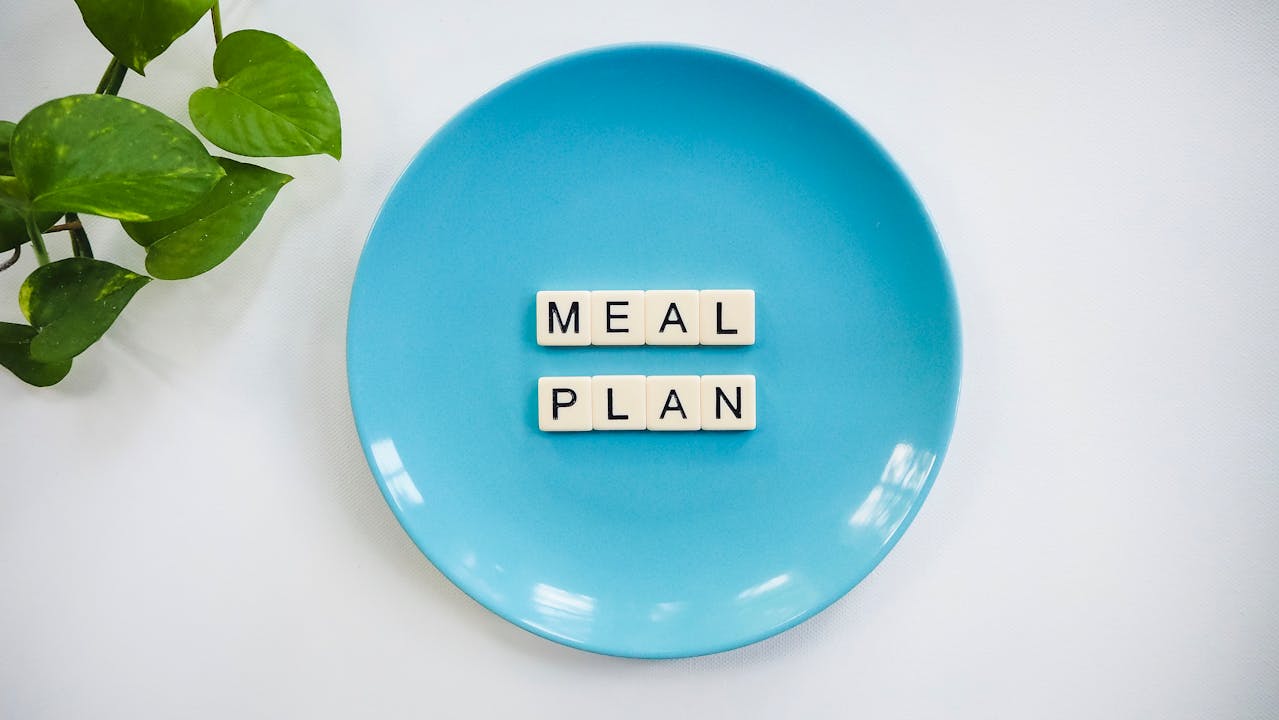In today’s fast-paced world, finding time to cook healthy meals can be a challenge. Between work, family commitments, and personal time, it often feels like there’s just not enough hours in the day. However, effective meal planning can be the game-changer you need to simplify your life, boost your nutrition, and manage your food budget. In this comprehensive meal planning guide, we’ll cover everything from the basics of meal planning to advanced strategies, helping you to streamline your meal preparation process and achieve your health goals.
What Is Meal Planning?
Meal planning involves designing a weekly or monthly menu and preparing meals in advance. This practice helps you organize your meals, reduce stress around what to cook, and ensures you have the ingredients you need on hand. It can be as simple or as detailed as you choose, depending on your needs and preferences.
Why Meal Planning Matters
- Time Efficiency: With a plan in place, you spend less time deciding what to cook each day. Prepping meals in advance saves you time during the week.
- Cost Savings: Planning your meals helps you avoid last-minute takeout orders and reduces food waste, ultimately saving you money.
- Healthy Eating: By planning your meals, you can make more balanced food choices and ensure that you’re getting the nutrients you need.
- Stress Reduction: Having a meal plan removes the daily “what’s for dinner?” question, making your life less stressful.
How to Get Started with Meal Planning
1. Set Your Goals
Before diving into meal planning, identify your goals. Are you looking to save money, eat healthier, or both? Clear objectives will guide your planning process.
2. Choose a Planning Method
There are various methods for meal planning. Here are a few popular ones:
- Weekly Meal Plans: Plan out your meals for the week, including breakfast, lunch, dinner, and snacks.
- Monthly Meal Plans: Outline your meals for the entire month, which can be more efficient but requires more upfront planning.
- Theme Nights: Assign different themes to each day of the week, like Meatless Monday or Taco Tuesday.
3. Create a Menu
Design a menu that fits your dietary needs and goals. Here’s a simple structure:
- Breakfast: Oatmeal with fruits, smoothies, or scrambled eggs with veggies.
- Lunch: Grilled chicken salad, quinoa bowls, or wraps.
- Dinner: Baked salmon, stir-fried vegetables with tofu, or pasta dishes
- Snacks: Fresh fruit, nuts, or yogurt.
4. Make a Grocery List
Based on your menu, create a detailed grocery list. Group items by category (produce, dairy, etc) to make your shopping trip more efficient.
5. Prep Your Ingredients
Consider doing meal prep activities like chopping vegetables, cooking grains, or marinating proteins. You can also prepare full meals in advance and store them for the week.
Advanced Meal Planning Strategies
1. Batch Cooking
Batch cooking involves preparing large quantities of food at once. Cook a big batch of a staple ingredient like chicken or beans and use it in multiple meals throughout the week.
2. Freezer Meals
Prepare meals in advance and freeze them for later. This method is great for busy weeks when you don’t have time to cook.
3. Prep and Portion
Portion out meals into containers so that you have ready-to-go meals for the week. This approach helps with portion control and ensures you have healthy options available.
Tips for Successful Meal Planning
1. Stay Flexible
Be prepared to adjust your meal plan as needed. Life happens, and it’s okay to switch meals around or use leftovers.
2. Use Seasonal Ingredients
Choose fruits and vegetables that are in season for better flavor and cost savings.
3. Keep It Simple
Don’t overcomplicate your meal plans. Start with easy recipes and gradually try more complex dishes as you get more comfortable.
4. Incorporate Family Preferences
Make sure to include meals that your family enjoys to avoid complaints and food waste.
5. Track Your Progress
Keep track of what works and what doesn’t. Adjust your meal planning strategies based on your experience.
Tips for Budget-Friendly Meal Prep
1. Buy in Bulk
Purchase items like rice, beans, and pasta in bulk to save money
2. Use Store Brands
Opt for store-brand products which are often cheaper but similar in quality to name brands.
3. Look for Sales
Take advantage of sales and discounts at your local grocery store for meats and vegetables.
Meal Planning Tools and Resources
1. Meal Planning Apps
Apps like Mealtime, Paprika, or Yummly can help you plan meals, generate grocery lists, and find new recipes.
2. Printable Meal Planners
Download and print meal planning templates to keep track of your meals and grocery lists.
3. Cookbooks
Invest in a few cookbooks that offer simple, healthy recipes for meal planning.
Sample Meal Plan for a Week
Monday
- Breakfast: Smoothie with spinach, banana, and almond milk
- Lunch: Spinach salad with chickpeas and veggies
- Dinner: Baked salmon with sweet potatoes
Tuesday
- Breakfast: Greek yogurt with honey and granola
- Lunch: Turkey and avocado wrap
- Dinner: Chicken stir-fry with vegetables
Wednesday
- Breakfast: Oatmeal with berries
- Lunch: Chicken Caesar Salad
- Dinner: Spaghetti with marinara sauce and a side salad
Thursday
- Breakfast: Scrambled eggs with spinach
- Lunch: Veggie and hummus pita
- Dinner: Beef and vegetable stew
Friday
- Breakfast: Overnight oats with almond milk
- Lunch: Tuna salad
- Dinner: Homemade pizza with a variety of toppings
Saturday
- Breakfast: Fruit smoothie bowl
- Lunch: Grilled cheese and tomato soup
- Dinner: Chicken fajitas
Sunday
- Breakfast: Pancakes with fresh fruit
- Lunch: Lentil soup
- Dinner: Roast chicken with roasted vegetables
Conclusion
Meal planning is a powerful tool that can transform your eating habits and streamline your weekly routine. By setting clear goals, choosing a planning method, and incorporating advanced strategies, you can save time, eat heealthier, and stick to your budget. Remember to stay flexible and adjust your plan as needed. With the right approach, meal planning can become a seamless and enjoyable part of your weekly routine.
Start your meal planning journey today and experience the benefits of a well-organized kitchen and a healthier lifestyle. Happy planning and eating!




